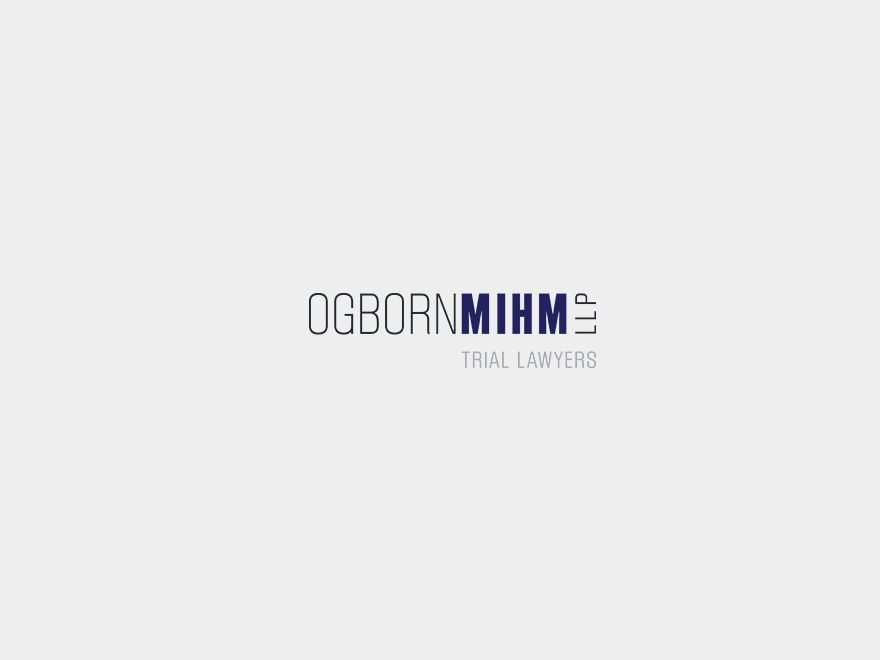When clients are harmed by the malpractice of a lawyer, they oftentimes face a second, potentially more complicated lawsuit. The plaintiff-clients must prove the underlying case against the original defendant(s) in which the lawyer committed malpractice, and they must prove the negligence of the defendant-lawyer in order to win the malpractice action. While Colorado courts have long recognized that the solvency or insolvency of the underlying defendant must be proven in a legal malpractice case, the courts had not, until recently, answered the question of whether that responsibility lies with the plaintiff or defendant lawyer.
In an early Colorado case, Lawson v. Sigfrid, 83 Colo. 116, 262 P. 1018 (1927), the court suggested that a client could not recover from a lawyer for negligence in failing to recover a judgment in the underlying case if the judgment would have been uncollectible. In so doing, the Court determined that collectibility of a judgment is an issue that must be proven in the malpractice action; however, the case left open the question as to whether the burden to prove collectability rested with the plaintiff or the defendant lawyer.
Ninety years after Lawson, the Colorado Appellate Court finally answered the question as to which party carries that burden. In Gallegos v. LeHouillier, 2017COA35, the court, in pertinent part, determined (1) that collectibility is an issue to be proven in the legal malpractice case (following the Lawson court’s holding), and (2) that it was, in fact, the defendant lawyer’s responsibility to plead and prove collectibility as an affirmative defense. Gallegos, 2017COA35, ¶¶ 23, 27, 68.
The Colorado Appellate Court listed seven factors that it considered in determining that the burden rests with the defendant lawyer. First, the plaintiff has already been compelled to prove negligence twice, in light of proving the underlying case and the legal malpractice case. Given that the issue of collectibility arises in a legal malpractice trial as the result of an attorney’s established malpractice, the attorney should bear the burden of proving collectibility. Id. at ¶ 57. Second, the attorney is in as good a position to prove collectibility as the plaintiff, as the attorney should have made such a determination prior to advising the client to move forward with the original lawsuit. Id. at ¶ 58. Third, “to require the client to introduce evidence of collectibility would often be at odds with evidence rules and case law generally excluding evidence of insurance coverage.” Id. at ¶ 59. Fourth, delays are common between the original injury and the malpractice action, and as a result, the plaintiff may be unable to gather evidence of collectibility. Id. at ¶ 60. Fifth, the insolvency of the underlying defendant is an issue of mitigation for the defendant attorney to avoid the consequences of his or her negligence, making it more appropriate for the defendant attorney to plead it as an affirmative defense. Id. at ¶ 61. Sixth, if the defendant proves insolvency, damages are mitigated or eliminated, thereby ensuring plaintiff does not receive a windfall s/he would not otherwise have received in the underlying action. Id. at ¶ 62. And seventh, plaintiffs do not have to prove collectibility in a vast majority of negligence cases, so it should not enter into the “calculus of causation” in a legal malpractice action either. Id. at ¶ 63.





